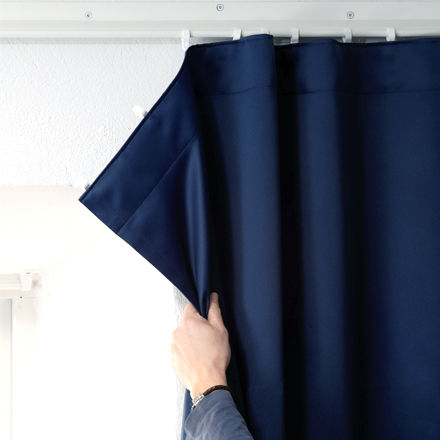
All ligature-resistant products should be operated and tested in accordance with manufacturer’s instructions to ensure optimum safety and performance. Commonly most manufacturers recommend a yearly inspection to ensure that products are operating appropriately and that the fittings and fixtures are free from damage. Testing validates the effectiveness of these designs, ensuring that they meet stringent safety standards and can with stand real-world usage.
(Example of testing) The weight at which a curtain / curtain rail releases depends on:
The correct installation
Wear and tear during operation
Misuse or damage
Weight, length and drop of the curtains
The weight at which the curtains / rail drops (NB: This will differ depending on the client group)
Load release weight:
One size doesn’t fit all. i.e. the static load at which a curtain / rail releases on an adult acute ward will be greater than that on a child and adolescent mental health services (CAMHS). Magnetic systems commonly release between 15-30kg depending on the proximity of the brackets but will not exceed 40kg. Specially developed magnetic fixings for CAMHS and eating disorder services have been developed to release at a lower weight threshold not exceeding 26kg.
Report of the test findings:
In order to provide you with proof of the efficiency of the installed ligature-resistant systems we can provide a certificate, annual audit and test for all of your rails and Ligature Resistant Equipment. In addition, we will supply you with a report providing.
Visual inspection of whole system
Load release data in Kgs
Photographic evidence and summary of key faults
Visual inspection of surrounding room for obstructions that might prevent the correct fall of the curtains
Identification of any repair or replacement required

Comments